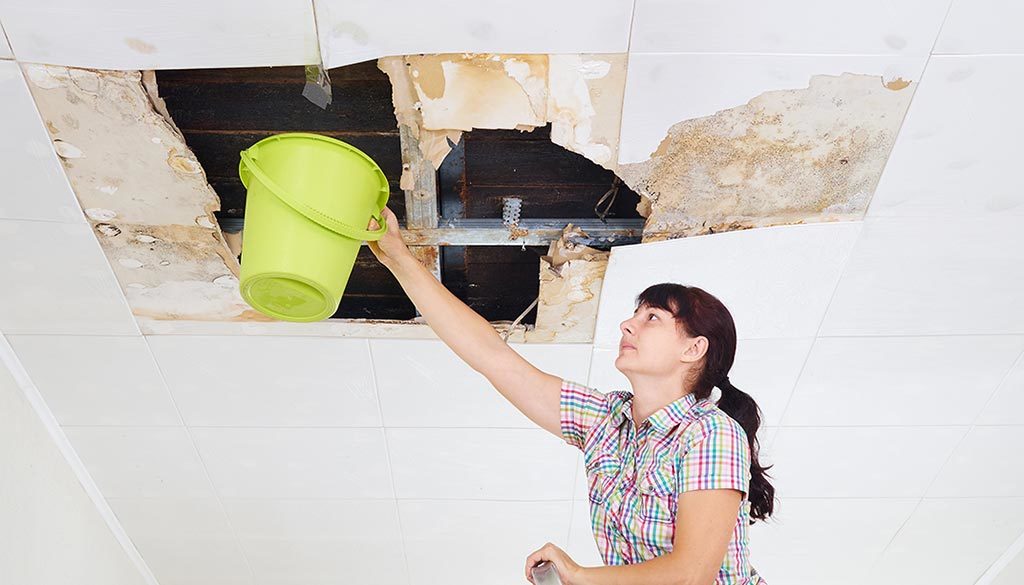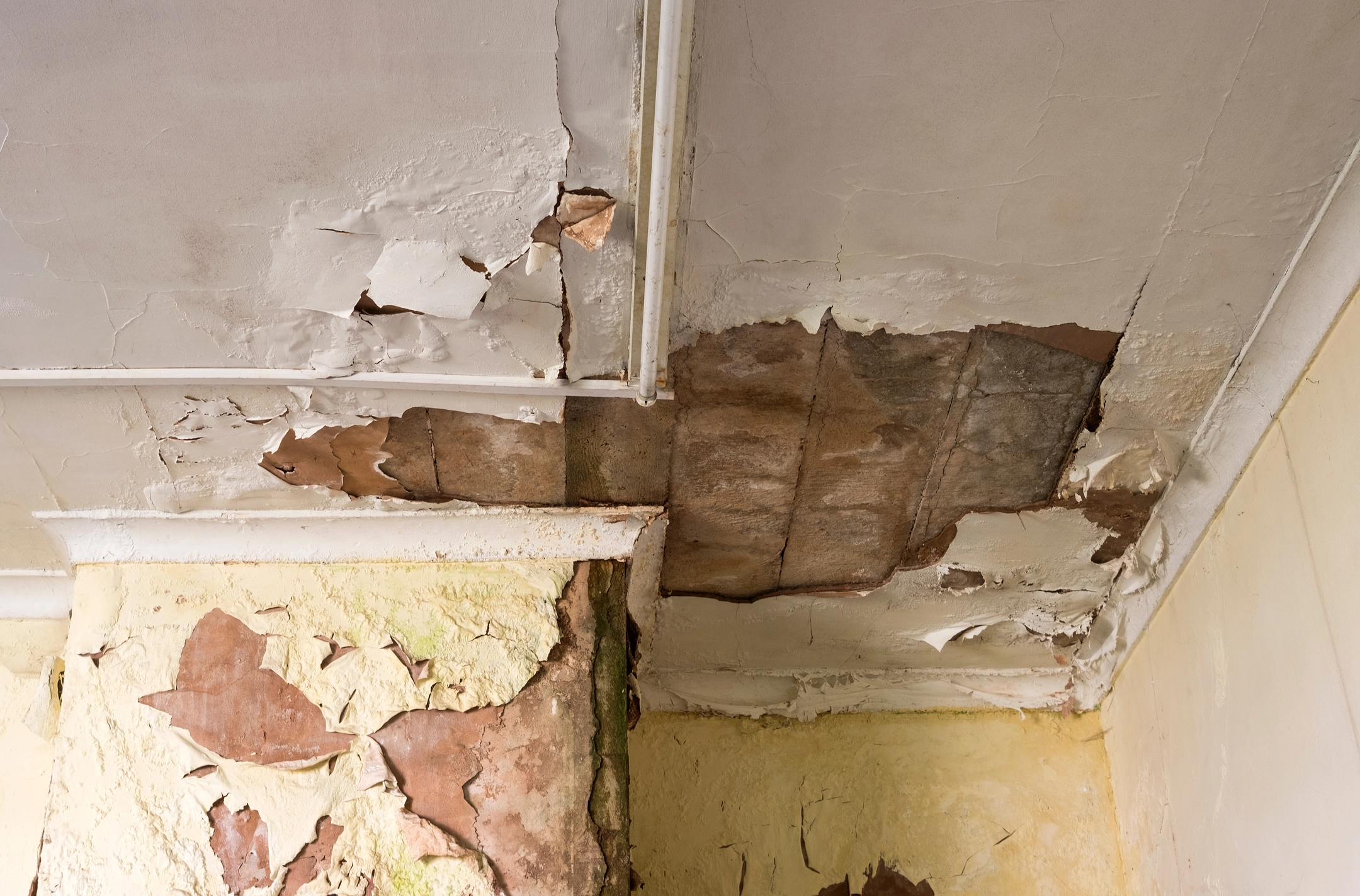Water Damage Cleanup Experts Offering Prompt and Efficient Solutions
Water Damage Cleanup Experts Offering Prompt and Efficient Solutions
Blog Article
The Refine of Water Damages Clean-up: Guaranteeing Your Home Is Recovered Effectively
Water damage can be a complicated difficulty for home owners, necessitating a structured and thorough cleanup procedure to bring back security and capability. damage restoration services. Following this, reliable water removal methods play a pivotal duty in alleviating further harm.
Examining the Damage
Upon finding water damages, the initial step is to completely analyze the degree of the influence. This initial analysis is critical, as it helps figure out the required actions for efficient cleaning and repair. Begin by evaluating the influenced locations, consisting of wall surfaces, ceilings, floors, and personal belongings, to identify the resource of the water invasion, whether from flooding, leaks, or condensation.
Recording the damages is important for both insurance claims and intending repair initiatives - damage restoration services. Usage pictures and written notes to catch the severity of the damages, noting any type of affected architectural aspects and materials. Pay special attention to areas that might not be promptly noticeable, such as behind walls and under carpetings, as hidden dampness can result in more issues, consisting of mold and mildew growth
Additionally, assess the timeline of the water direct exposure. The longer the materials continue to be damp, the better the potential for damage. Recognizing the period of direct exposure will certainly educate the seriousness of removal initiatives. Ultimately, an extensive analysis lays the groundwork for a successful water damage cleanup process, making certain that all influenced locations are attended to successfully and completely.
Water Extraction Methods

Experts commonly utilize completely submersible pumps for bigger quantities of water, which can promptly relieve flooding in cellars or various other affected locations. For smaller sized amounts, wet/dry vacuums are commonly made use of to remove recurring dampness from carpetings and hard surface areas. In addition, making use of portable extractors enables targeted elimination in restricted spaces or areas with delicate materials.
In instances of infected water, such as sewage or floodwater, advanced extraction techniques may involve making use of biohazard devices to make sure safety and security and compliance with health and wellness regulations. High-powered removal devices are essential in lessening water retention in structural materials, which can lead to mold growth and structural degeneration if not resolved quickly.
Inevitably, the effectiveness of water extraction strategies plays a pivotal duty in the general success of the water damages cleanup process, laying the foundation for subsequent reconstruction efforts.
Drying and Dehumidification
When standing water has been properly extracted, the next important stage in the water damage clean-up procedure is drying and dehumidification. This step is important to stop additional damages and mold development, which can occur within 24 to 2 days in damp environments.
To attain effective drying out, specific equipment such as industrial-grade air moving companies and dehumidifiers is used. Air movers distribute air throughout damp surfaces, improving evaporation rates, while dehumidifiers lower moisture degrees airborne, advertising a conducive environment for drying. The combination of these devices makes sure that moisture is extracted from walls, floors, and home furnishings, enabling them to dry completely.
It is very important to monitor the drying out process closely. Professionals commonly make use of moisture meters to examine the moisture content in different materials, making sure that all impacted locations get to acceptable dryness degrees. This careful approach aids to avoid covert wetness pockets that could result in structural damage or harmful mold and mildew development.

Cleansing and Sterilizing
After the drying and dehumidification phase is full, the next important step in water damages cleaning is cleaning and disinfecting the affected locations. This process is crucial to protect against the development of mold, bacteria, and other microorganisms that prosper in wet atmospheres.
The cleaning phase commonly involves eliminating any kind of debris, dust, and contaminants from surface areas making use of specialized cleansing representatives. For hard surface areas, a combination of soap and water or commercial cleansing items is commonly used. Soft materials, such as upholstery and rugs, may call for much more extensive cleansing methods, including vapor cleansing or deep removal techniques, to guarantee complete hygiene.

Sterilizing complies with cleaning, using EPA-approved anti-bacterials to eliminate harmful bacteria. This step is essential, especially in areas that might have entered into call with floodwaters or sewage, as these sources can present major health risks.
In addition, it is essential to deal with any type of staying smells, which might call for the use of odor neutralizers or sophisticated strategies like ozone therapy. Correct cleaning and sanitizing not only restore the safety and hygiene of your home yet additionally lay the groundwork for successful repair and see this here repairs in subsequent stages of the water damages cleaning process.
Reconstruction and Repairs

As soon as the evaluation is total, restoration initiatives can start. This generally includes fixing or changing broken materials, ensuring that all work abides by neighborhood building ordinance and standards. As an example, if drywall has been endangered, it will certainly require to be eliminated and changed with new product. In addition, flooring might require similar interest, depending upon the level of water direct exposure.
It is crucial to engage seasoned reconstruction specialists during this procedure, as they possess the competence to deal with intricate repair services properly. Moreover, they can assist alleviate potential future issues, such as mold development or structural instability, thus guaranteeing a habitable and secure living setting. Eventually, efficient reconstruction and fixings restore the home's integrity and improve its overall value.
Conclusion
In conclusion, the process of water damages clean-up is essential for restoring a home to its pre-damage problem. Each stage, from assessing the damages to applying efficient water removal strategies, adhered to by thorough drying, sterilizing, and essential repairs, plays an important function in ensuring safety and security and compliance with structure criteria. Efficient execution of these actions not only mitigates immediate damage yet also enhances the long-term integrity and value of the home.
Water damages can be a difficult challenge for property owners, necessitating a organized and meticulous clean-up process to bring back security and capability. Inevitably, her response a thorough assessment lays the foundation for a successful water damage clean-up process, making sure that all affected locations are addressed properly and thoroughly.
Reliable water removal techniques are necessary in minimizing damage and protecting against additional complications adhering to a water intrusion occasion.In final thought, the process of water damages cleanup is crucial for recovering a home to its pre-damage problem. Each stage, from assessing the damage to executing effective water extraction strategies, complied with by extensive drying out, sterilizing, and needed fixings, plays a crucial duty in ensuring security and conformity with structure requirements.
Report this page